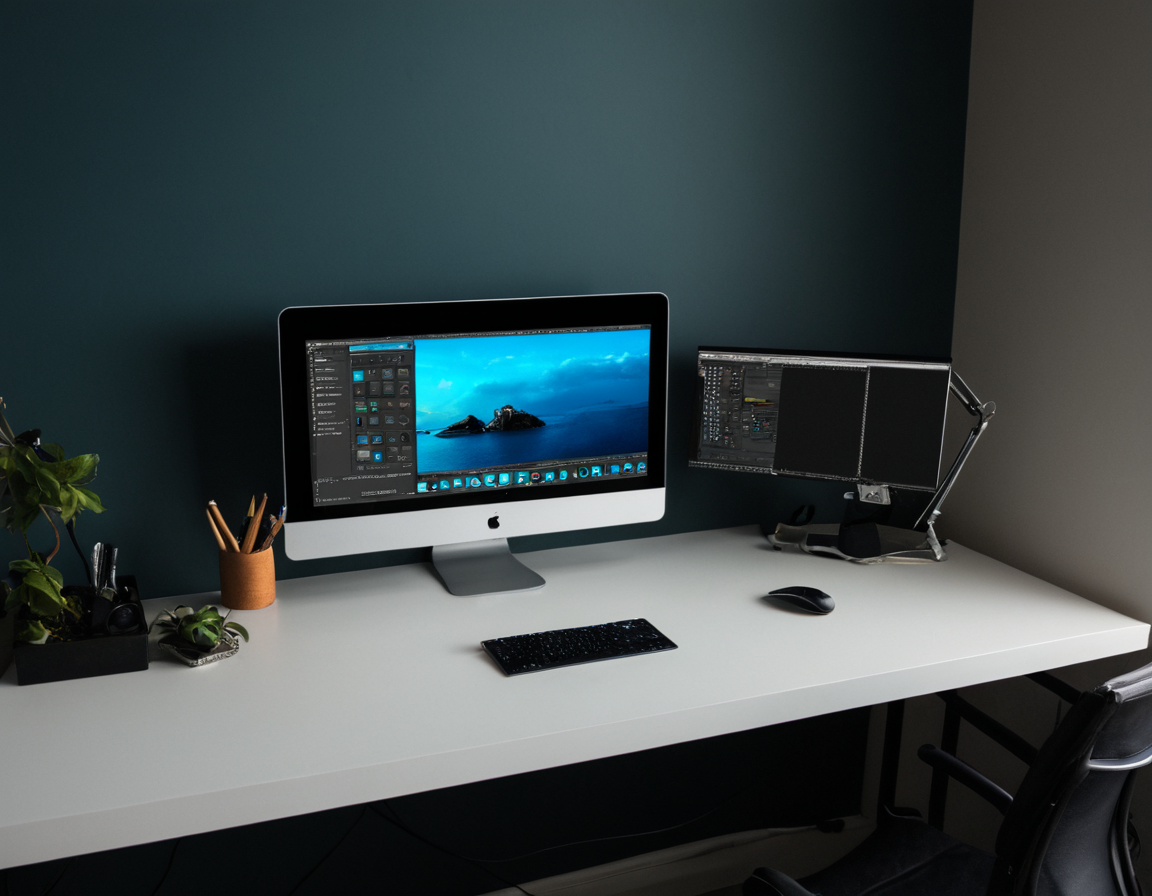Master GIMP Like Photoshop - Top Skills

From Scratch to Masterpiece: How to Use GIMP as a Professional-Grade Alternative to Photoshop
As the digital landscape continues to evolve, the demand for professional-grade image editing software has never been more pressing. However, with the steep learning curve and hefty price tag of industry-standard alternatives like Adobe Photoshop, many creatives are left feeling frustrated and disillusioned. Enter GIMP, an open-source raster graphics editor that’s often overlooked but packs a punch when used correctly.
GIMP is not just another clone of Photoshop; it’s a fully-fledged alternative that boasts an impressive feature set and a dedicated community of developers who ensure its continued improvement. In this article, we’ll delve into the world of GIMP, exploring its capabilities, discussing its limitations, and providing practical examples of how to unlock its full potential.
Getting Started with GIMP
Before diving headfirst into the nitty-gritty of image editing, it’s essential to understand the basics of GIMP. This includes navigating its interface, familiarizing yourself with its various tools, and learning the difference between its various modes (e.g., Paint, Scissors, and Perspective).
The GIMP Interface: The GIMP interface is a masterclass in minimalism. With a focus on simplicity, it’s designed to be intuitive and easy to navigate, making it an ideal choice for beginners.
Understanding GIMP’s Capabilities
At its core, GIMP is designed to provide users with the same level of image editing capabilities as Photoshop. However, there are key differences that set it apart:
- Scripting: Unlike Photoshop, which relies heavily on scripting, GIMP has a built-in Python interpreter. This allows developers to create custom plugins and scripts, further expanding its capabilities.
- Plugin Architecture: GIMP’s plugin architecture is one of its most significant advantages. With thousands of community-created plugins available, users can extend the software’s functionality without relying on proprietary code.
- Community Support: The GIMP community is active, engaged, and passionate about the project. This ensures that any issues are addressed promptly and that new features are implemented regularly.
Common Misconceptions About GIMP
There are several misconceptions surrounding GIMP that can lead to frustration or disappointment:
- Performance: GIMP is not a performance equivalent to Photoshop. However, with modern hardware and software optimization, it’s more than capable of handling demanding tasks.
- Compatibility: GIMP supports most file formats, including PSD, EPS, AI, and many others. It also offers seamless integration with other creative applications.
Advanced Techniques for Mastering GIMP
Unlocking the full potential of GIMP requires a combination of practice, patience, and persistence:
- Mastering the Brush Engine: The brush engine in GIMP is incredibly powerful and flexible. Use it to create custom brushes or experiment with existing ones.
- Customizing the Interface: Tailor your workflow by adjusting the toolbar, adding custom scripts, or even creating a completely new interface from scratch.
- Learning Python: As mentioned earlier, GIMP’s scripting capabilities are unparalleled. Mastering Python will grant you access to a world of possibilities.
Conclusion
GIMP is not just an alternative to Photoshop; it’s a powerful tool in its own right. By understanding its limitations, leveraging its capabilities, and embracing its unique features, users can unlock a new level of creativity and productivity.
The question remains: are you willing to challenge the status quo and explore the world beyond the confines of industry-standard software?
Call to Action
Join our community to stay updated on the latest developments, tutorials, and resources for GIMP. Share your experiences, ask questions, and help shape the future of this incredible tool.
The journey to mastering GIMP is a long-term commitment, but one that can lead to unparalleled creative freedom.
About Carlos Ramirez
AI enthusiast & photography expert Carlos Ramirez | Helping you unlock the power of AI in image editing & generation | Join me on this visual journey as we explore the latest smart photography tools & techniques on gophotos.com
